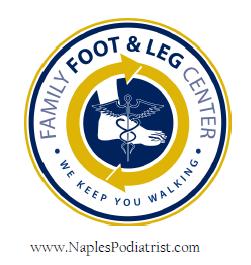Although rollerblading is a low-impact sport, The Consumer Product Safety Commission reported an average of over 32,000 inline skating injuries every year from 2003 to 2007, according to the National Safety Council. Most injuries affect the upper body, but ankle injuries are one of the most common injuries to the lower extremities.The firm boot of an inline skate provides good ankle support when the skate fits properly, but fit is key. Protecting your ankles means not just following proper skating technique but also shopping smartly for your inline skates.
Often times the ankle will be supported well within the confines of the device. However knee sprains and syndesmotic injury can occur (high ankle sprain) in the right setting while rollerblading. More often foot injury is likely, with blisters, metatarsalgia, and even mild neuropraxia in the wrong rollerblade configuration. This is a general guide to choose the right blades for your feet.
Dr Timm
Diplomate American Board of Podiatric Surgery
Selecting Skates
Step 1
Shop for skates after a day of activity to compensate for any swelling of the feet that occur while rollerblading.
Step 2
Pick skates for your gender, especially if you are a woman. While women can wear unisex skates, those designed especially for a woman better fit a woman’s narrower Achilles tendon and lower position of the calf muscle, notes Liz Miller, author of “Beginner's Guide to Inline Skating.”
Step 3
Look for skates that lace up and buckle at the top. The combination provides a more secure fit for ankle support.
Step 4
Squeeze the plastic support in the boot. It should be firm and unmovable.
Step 5
Try on skates wearing a pair of thick, absorbent athletic socks -- the same type of socks you’ll wear when skating.
Step 6
Wear the skates for at least 15 minutes before making a purchase. When laced and buckled, the skates should feel snug, but not so tight that any part of your foot feels pressure.
Skating
Step 1
Stretch before skating. To prevent ankle injuries, focus on your feet: Flex and point your toes and rotate your ankles in circles.
Step 2
Kick your feet into the back of your rollerblades before lacing and buckling up.
Step 3
Warm up by gently skating around for five minutes.
Step 4
Match your skating location to your skating ability. If you are a new skater, begin on a large patch of level grass. Empty tennis courts and parking lots are also good places to learn.
Step 5
Bend your knees when you skate to lower your center of gravity. Skate with a wide stance if you are new to the sport. Skate with a shoulder-width stance if you are an experienced skater. A narrower stance gives you better control for tricks, but a wide stance helps beginners maintain balance.





